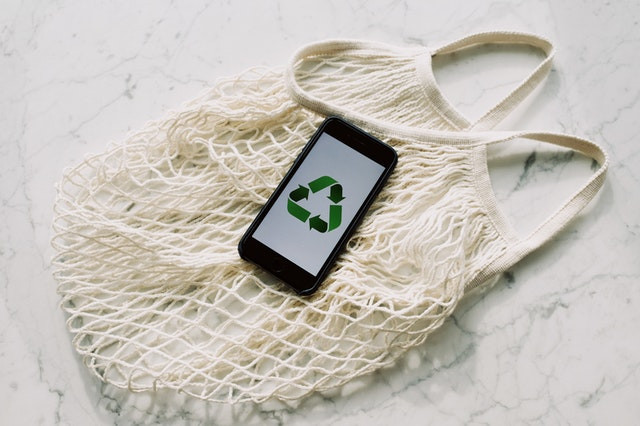
Our Goal: Zero Waste to Landfill
7th May 2020
Australians are pretty good at recycling. We take pride in separating our garbage so that glass, plastics, paper, and aluminium can be recycled – forgive my cynicism, but it might be the only environmental thing we're good at. But a couple of years ago, we started to feel like it was a waste of time. When China banned imported recycling materials, several councils had their recycling contracts cut back by waste companies. It seems like councils had one of two choices: stockpile millions of tonnes of waste, or dump it in landfill.

The Waste Crisis
There is a general confusion about what to do with our waste. Australia is running out of landfills, no matter how many we build. Each year, we send more than 6.2 million tonnes of organic waste to landfill, including food scraps to garden clippings to cardboard boxes, where they then release methane as they break down.
What Can We Do?
A circular economy is the answer to our waste crisis. We need to look at more than just recycling as the answer. While encouraging councils to keep recycling is necessary, we need to find other ways to deal with the landfill problem. This means alternatives – such as compostable food service packaging, including those demonised coffee cups. We need to start looking at a circular economy, where we design and produce food service packaging from environmentally friendly, responsibly sourced, rapidly renewable materials – such as paper from managed plantations, agricultural by-products such as sugarcane waste, and compostable bioplastics.
The Hard Bit
We need to develop a way to guide compostable packaging from production to end of life. Then comes the hard bit – to help guide those food scraps and compostable packaging through the economy, from café or restaurant to workplace to green waste bins. Eventually, those green waste bins are processed at commercial composting facilities where their contents can be turned into nutrient-rich compost for use at home – or in large-scale commercial agriculture and land rehabilitation. One major benefit of producing compostable, plant-based food packaging is that through commercial composting it can be diverted from landfill along with any remaining food residues at the end of its life. This means that it does not release methane, a greenhouse gas 80 times more potent than CO2, as it degrades in landfill.
Futuristic Thinking?
The means to turn plant-based packaging into rich compost, which can then be used for things like agriculture, are in our hands. Absolutely not. Compostable food service packaging is widely available and commercial scale compost infrastructure is growing at a rapid pace to address the huge amounts of organic waste that go to landfill. Major cities such as Canberra have already rolled out a city-wide composting scheme. Our parent company BioPak has signed an agreement with one of the Big Four banks, which now collects compostable food packaging at all employee food service outlets in their head office building. And the BioPak Compost Service is now a national program to encourage cafes and other venues to reduce their landfill waste. In a true circular economy, zero waste goes to landfill. This is an ambitious goal, but one that we believe is achievable. We just need our politicians and business leaders to start paying attention. And keep recycling!
Information taken from BioPak's website. Read about how to promote composting Australia-wide and how to compost plant-based packaging, on our blog.
Planet Friendly Packaging acknowledges the traditional custodians of the land on which we work. Our thoughts go out to everyone affected by COVID-19. Stay safe.

